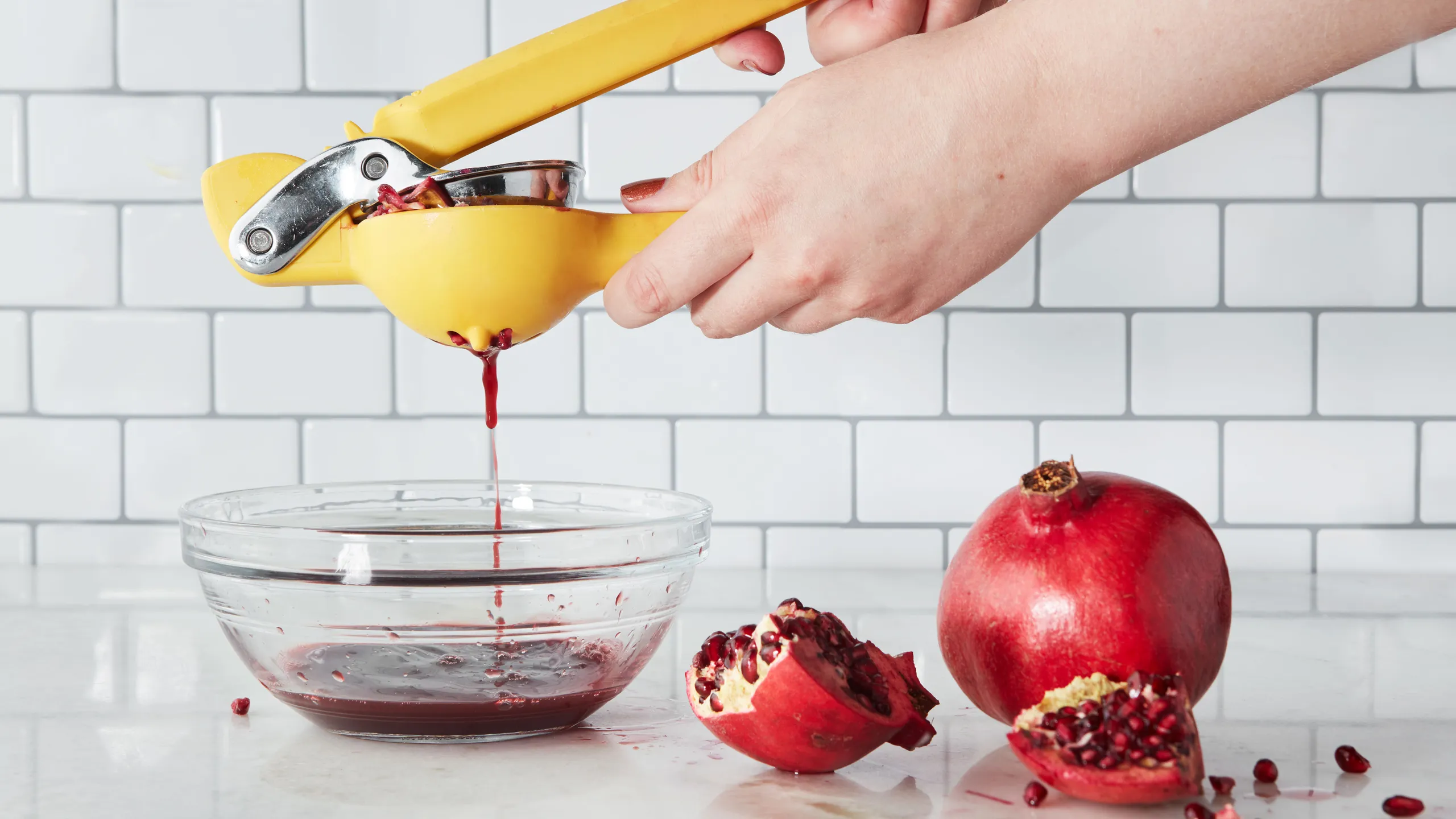

Articles
How To Juice Pomegranates In A Juicer
Modified: January 6, 2024
Learn how to juice pomegranates easily and efficiently in a juicer with our informative articles. Discover the best tips and techniques for juicing pomegranates.
(Many of the links in this article redirect to a specific reviewed product. Your purchase of these products through affiliate links helps to generate commission for Storables.com, at no extra cost. Learn more)
Introduction
When it comes to juicing, pomegranates are a delicious and nutritious choice. Bursting with antioxidants, vitamins, and minerals, pomegranate juice offers a wide array of health benefits. If you’re curious about how to juice pomegranates in a juicer, you’ve come to the right place. In this article, we’ll guide you through the process, from choosing the right pomegranates to cleaning and maintaining your juicer.
Not only is juicing pomegranates a great way to enjoy their refreshing flavor, but it also allows you to extract the maximum amount of nutrients from these vibrant fruits. Pomegranates are known for their high levels of antioxidants, including vitamin C and polyphenols, which help support overall health and boost your immune system. Additionally, pomegranate juice has been linked to improved heart health, reduced inflammation, and even potential anticancer properties.
Before you dive into juicing pomegranates, it’s essential to choose the ripest and freshest fruits available. Look for pomegranates that are heavy for their size, with taut and unblemished skin. The deeper the color of the skin, the sweeter the fruit is likely to be. Once you have selected the perfect pomegranates, it’s time to prepare them for juicing.
Preparing pomegranates for juicing may seem intimidating at first, but with a few simple steps, you’ll be ready to extract that vibrant juice. Start by washing the pomegranates thoroughly under running water to remove any dirt or debris. Then, using a sharp knife, carefully cut off the crown at the top of the pomegranate. This will expose the seeds, commonly known as arils, inside.
Now that you’re ready to juice, it’s time to set up your juicer. Make sure you have a clean and dry surface to work on, and assemble your juicer according to the manufacturer’s instructions. Place a large bowl or container next to the juicer to collect the freshly squeezed juice. You may also want to have a strainer on hand to remove any pulp or seeds that may pass through the juicer.
Once your juicer is set up, it’s time to start juicing the pomegranates. Cut the pomegranates into halves or quarters, depending on the size of your juicer’s feeding chute. Press the pomegranate pieces firmly against the juicer’s chute, allowing the machine to extract the juice. Repeat this process until you have juiced all the pomegranate pieces.
To make the juicing process smoother and more efficient, here are a few tips to keep in mind. Firstly, you can gently roll the pomegranates on a hard surface before cutting them to help release more juice. Additionally, if the pomegranate seeds are not fully dislodging from the fruit, you can use a spoon or the back of a knife to tap them out.
Key Takeaways:
- Juicing pomegranates offers a delicious and nutritious way to enjoy antioxidants, boost immunity, and promote heart health. Experiment with different techniques and flavors to find your perfect pomegranate juice blend.
- Properly preparing and cleaning your juicer is essential for efficient and hygienic juicing. Choose ripe pomegranates, experiment with different juicing techniques, and maintain your juicer for long-lasting enjoyment of vibrant, refreshing pomegranate juice.
Read more: How To Juice Wheatgrass With A Juicer
Benefits of Juicing Pomegranates
Juicing pomegranates offers a plethora of health benefits, making it a worthwhile addition to your daily routine. Here are some of the top benefits of juicing pomegranates:
- Rich in Antioxidants: Pomegranates are packed with powerful antioxidants, such as vitamin C and polyphenols. These compounds help protect your body against free radicals, which can cause cell damage and contribute to various health conditions.
- Boosts Immunity: The high vitamin C content in pomegranate juice can help strengthen your immune system, helping your body fight off infections and illnesses.
- Heart Health: Research suggests that drinking pomegranate juice may have cardiovascular benefits. It may help lower blood pressure, reduce cholesterol levels, and improve overall heart health.
- Anti-Inflammatory Properties: Pomegranate juice has natural anti-inflammatory properties, which can help reduce inflammation in the body. Chronic inflammation has been linked to various diseases, and consuming pomegranate juice may help mitigate this risk.
- Promotes Digestive Health: Pomegranate juice is rich in dietary fiber, which helps promote digestive health and prevents constipation. It also contains natural enzymes that aid in digestion.
- May Aid Weight Loss: Pomegranate juice is low in calories and high in fiber, making it a great addition to a weight loss diet. It can help you feel full for longer, reducing the urge to snack on unhealthy foods.
- Improves Skin Health: The antioxidants in pomegranate juice help protect the skin against oxidative stress and damage caused by UV rays. Regular consumption of pomegranate juice may help promote a healthy and youthful complexion.
- Potential Anti-Cancer Properties: Pomegranates contain compounds called ellagitannins, which have shown promising results in inhibiting the growth of cancer cells. While more research is needed, pomegranate juice may have some potential in cancer prevention.
From boosting your immune system to promoting heart health and improving digestion, juicing pomegranates offers an array of benefits for your overall well-being. Incorporating this vibrant fruit into your juicing routine can be a delicious and nutritious way to support a healthy lifestyle.
Choosing the Right Pomegranates
When it comes to juicing pomegranates, selecting the right fruit is crucial to ensure optimal flavor and juicing efficiency. Here are some tips to help you choose the perfect pomegranates:
- Weight and Size: Look for pomegranates that feel heavy for their size. A heavier pomegranate typically indicates juiciness and fuller arils inside. Avoid choosing pomegranates that feel light or have a hollow sound when tapped.
- Color and Appearance: Opt for pomegranates with a vibrant, deep red color. Avoid fruits with a dull or pale appearance, as they may be underripe. The skin should be smooth and unblemished, without any cracks or spots.
- Texture and Firmness: Gently squeeze the pomegranates to check for firmness. They should have a slight give when pressed but still feel firm overall. Avoid pomegranates that are too soft or mushy, as they may be overripe.
- Fragrance: Take a moment to smell the pomegranates. A ripe pomegranate should have a sweet and pleasant aroma. If there is little to no fragrance, it may indicate that the fruit is not fully ripened.
It’s worth noting that pomegranates come in different varieties, each with its own unique flavor profile. Some varieties may have sweeter arils, while others may be slightly tart. Experiment with different varieties to find the one that suits your taste preferences.
When buying pomegranates, it’s best to choose organic and locally sourced fruits whenever possible. Organic pomegranates are grown without the use of synthetic pesticides, ensuring a healthier and more environmentally friendly option. Locally sourced pomegranates are often fresher and have a lower carbon footprint due to reduced transportation distances.
Keep in mind that pomegranates have a relatively short shelf life. It is recommended to consume them within a week of purchase for the best flavor and nutritional benefits. If you cannot use the pomegranates right away, store them in the refrigerator to help prolong their freshness.
By following these guidelines, you’ll be able to choose the ripest and most flavorful pomegranates for juicing. The quality of the fruit will greatly impact the taste and nutritional value of the resulting juice, so take your time and select the best pomegranates available.
Preparing the Pomegranates
Before you can start juicing pomegranates, it’s important to properly prepare them. While it may seem a bit challenging at first, with a few simple steps, you’ll be ready to extract that delicious juice. Here’s how to prepare pomegranates for juicing:
- Wash the Pomegranates: Begin by thoroughly rinsing the pomegranates under running water to remove any dirt or debris that may be present on the outer skin. This step is essential to ensure that the juice remains clean and free from any contaminants.
- Cut Off the Crown: Once the pomegranates are clean, take a sharp knife and carefully cut off the crown at the top of each fruit. This will expose the seeds, commonly known as arils, inside the pomegranate.
- Score the Skin: With the crown removed, make shallow incisions along the ridges of the pomegranate skin. This scoring technique will help prevent the arils from bursting while you’re juicing.
- Break Apart the Pomegranate: Hold the pomegranate in both hands and gently pull it apart along the scored lines. You should be able to easily split the fruit into smaller sections. Be careful not to squeeze or crush the pomegranate too forcefully, as this may cause the juice to spray.
- Extract the Arils: With the pomegranate sections separated, use your fingers or a spoon to extract the arils. Hold each pomegranate section over a bowl or container and gently tap the back of it with a spoon to release the seeds. If needed, you can also use your fingers to gently separate the arils from the pith.
- Optional: Remove White Pith: Some people prefer to remove the white pith surrounding the arils, as it can be bitter in taste. To do this, fill a bowl with water and gently submerge the arils. The pith will float to the surface, allowing you to skim it off with a spoon. However, if you don’t mind the slightly bitter taste, you can skip this step.
Once the pomegranates are prepared and the arils are extracted, they are ready to be juiced. However, it’s important to note that pomegranate juice can stain, so take caution when handling the arils and extracting the juice. You may want to wear an apron or use protective gloves to avoid getting any stains on your hands or clothes.
Now that your pomegranates are prepared, it’s time to set up your juicer and start extracting that vibrant and delicious juice. Follow the manufacturer’s instructions for assembling and using your juicer, and get ready to enjoy a refreshing glass of freshly squeezed pomegranate juice.
Setting up the Juicer
Before you can start juicing pomegranates, it’s essential to properly set up your juicer. Each juicer may have slightly different instructions, so be sure to consult the user manual provided by the manufacturer. However, here are some general steps to help you get started:
- Clean and Dry: Begin by ensuring that your juicer is clean and dry. Wash all the necessary components, such as the juicing chamber, feeding chute, and juice collection container, with warm soapy water. Rinse thoroughly and dry with a clean cloth or allow them to air dry.
- Assemble the Juicer: Next, refer to the instructions provided by the manufacturer to assemble your juicer. This typically involves attaching the juicing chamber to the motor base and ensuring that all the parts fit securely in place.
- Place a Container: Position a large bowl or container next to the juicer to collect the freshly squeezed juice. Make sure it’s positioned correctly to catch the juice without any spills or splatters. You may also want to place a strainer on top of the container to filter out any pulp or seeds that may pass through the juicer.
- Secure the Juicer: Depending on the design of your juicer, it may have suction cups or clamps to secure it to the countertop. Make sure your juicer is firmly anchored in place to prevent any movement or accidents while juicing.
- Plug it in: Once your juicer is properly set up and securely positioned, plug it into a power outlet. Ensure that the power cord is safely away from any water or liquid to prevent any electrical hazards.
Following these steps will help you set up your juicer for optimal juicing performance. It’s essential to read and follow the manufacturer’s instructions to ensure proper usage and to maintain the longevity of your juicer.
Now that your juicer is all set up and ready to go, it’s time to move on to the exciting part – juicing the pomegranates! With your clean and prepared pomegranates, and the juicer ready to extract that vibrant juice, you’re just moments away from enjoying a glass of delicious and nutritious pomegranate juice.
Before juicing a pomegranate in a juicer, cut it in half and gently press the cut side against the juicer’s reamer to extract the juice without crushing the bitter seeds.
Read more: How To Juice Ginger With Juicer
Juicing the Pomegranates
Now that your juicer is set up and ready to go, it’s time to juice those delicious pomegranates. Follow these steps to extract the juice from the pomegranate arils:
- Cut the Pomegranates: Start by cutting the pomegranates into halves or quarters, depending on the size of your juicer’s feeding chute. This will make it easier to feed the pomegranates into the juicer.
- Prepare the Juicer: Double-check that your juicer is properly assembled and securely positioned on the countertop. Place a container or bowl under the juicer’s spout to collect the juice.
- Press the Pomegranate: Take a pomegranate piece and firmly press it against the juicer’s feeding chute. Apply gentle pressure to ensure the juicer extracts as much juice as possible. Depending on the juicer, you may need to use the plunger provided to push down the pomegranate piece into the juicer.
- Continue Juicing: Repeat the process with the remaining pomegranate pieces until you have juiced all of them. Alternate between different sections to distribute the juice extraction evenly.
- Collect the Juice: As the pomegranates are being juiced, the liquid will flow down the chute and into the container or bowl placed below. Ensure that the container has enough capacity to hold the juice produced.
Take your time when juicing the pomegranates to ensure you extract as much juice as possible. Apply steady pressure and allow the juicer to work its magic. The pomegranate arils will be crushed, releasing their juice, while the juicer separates the juice from the pulp and seeds.
Keep in mind that pomegranates can have a high fiber content, which may result in a slightly pulpy juice. If you prefer a smoother juice consistency, you can strain it through a fine-mesh strainer or cheesecloth after juicing to remove any remaining pulp or seeds.
Once all the pomegranates have been juiced, give the juice a quick stir to combine any settled pulp. It’s now ready to be enjoyed as is, mixed with other juices, or used in various recipes.
Now that you have successfully juiced the pomegranates, all that’s left to do is pour yourself a glass of that vibrant and delicious pomegranate juice. Savor the refreshing taste and revel in the numerous health benefits that come with each sip.
Tips for Juicing Pomegranates
Juicing pomegranates can be a rewarding experience, but it can also present some challenges. Here are some tips to help you get the most out of your pomegranate juicing process:
- Roll the Pomegranates: Before juicing, gently roll the pomegranates on a hard surface using the palm of your hand. This helps break up the juice-filled sacs and loosens the arils, making it easier to extract the juice.
- Try Different Techniques: Experiment with different juicing techniques to find what works best for you. Some juicers may require you to cut the pomegranates into smaller pieces, while others may handle larger pieces more efficiently.
- Tap out Stubborn Arils: If any arils remain stuck inside the pomegranate pieces after juicing, use the back of a spoon or a gentle tap with a knife to help dislodge them. Be careful not to be too forceful, as this could cause the juice to splatter.
- Combine Pomegranates with Other Fruits: Pomegranate juice can be quite tart on its own. Consider blending it with other sweeter fruits, such as apples, oranges, or grapes, to balance the flavor and add complexity to your juice.
- Mix with Fresh Lemon Juice: For a refreshing twist, add a splash of fresh lemon juice to your pomegranate juice. It will enhance the flavor profile and add a subtle tartness that complements the natural sweetness of the pomegranates.
- Chill the Pomegranates: For a more refreshing experience, chill the pomegranates in the refrigerator before juicing. The cold temperature enhances the juiciness and makes the juice more enjoyable to drink, especially on a hot day.
- Use the Pulp: Don’t discard the leftover pulp and seeds from juicing. You can save them to use in smoothies, sprinkle them on top of yogurt or salads, or even incorporate them into baking recipes, adding a burst of flavor and texture.
- Clean Your Juicer Thoroughly: After juicing, make sure to clean your juicer thoroughly to prevent the buildup of residue. Follow the manufacturer’s instructions for disassembling and washing the juicer parts, or refer to our previous article on cleaning and maintenance for more detailed instructions.
Remember, juicing pomegranates should be a fun and enjoyable experience. Don’t be afraid to get creative and try different combinations and techniques to find your perfect pomegranate juice flavor.
By following these tips, you’ll be well on your way to creating delicious and nutritious pomegranate juice that you can enjoy any time of the day. So grab those pomegranates, fire up your juicer, and discover the delightful taste and health benefits that await you!
Cleaning and Maintenance of the Juicer
Proper cleaning and maintenance of your juicer are essential to ensure its longevity, optimal performance, and to keep your pomegranate juice tasting fresh and delicious. Here are some important steps to follow:
- Unplug and Disassemble: Before cleaning your juicer, always make sure to unplug it from the power source. Disassemble the juicer according to the manufacturer’s instructions, separating the various parts for proper cleaning.
- Rinse Immediately: Rinse the juicer’s components with lukewarm water immediately after use to prevent any juice residue from drying and becoming more challenging to remove later. This step will help prevent stains and ensure thorough cleaning.
- Soak in Soapy Water: Fill a sink or basin with warm water and a mild dish soap. Soak the juicer parts in the soapy water for a few minutes to help loosen any remaining juice or pulp. Use a brush or sponge to scrub away any residue or stains.
- Pay Attention to Small Parts: Take extra care when cleaning small parts, such as the juicer screen, strainer, or blades. Use a soft brush or a toothbrush to clean hard-to-reach areas thoroughly. Make sure to remove any pulp or residue that may have accumulated in these parts.
- Rinse and Dry Thoroughly: After cleaning, rinse all the juicer components with clean water to remove any soap residue. Ensure that no soap or cleaning agents remain on the parts. Allow the juicer parts to air dry completely before reassembling or storing them.
- Regular Deep Cleaning: Periodically, it’s important to perform a deep cleaning of your juicer, especially if you use it frequently. Consult the juicer’s instructions or manual for specific guidance on deep cleaning methods and recommended cleaning agents.
- Check for Wear and Tear: Regularly inspect your juicer for any signs of wear and tear, such as cracks, broken parts, or dull blades. If you notice any damage, contact the manufacturer for assistance or replacement parts.
- Store Properly: When not in use, store your juicer in a cool and dry place. Ensure that all the parts are completely dry before storing them to prevent any mold or mildew growth. It’s best to keep the juicer assembled to avoid misplacing any components.
By following these cleaning and maintenance practices, you’ll keep your juicer in top shape, ensuring optimal performance and longevity. Regular cleaning not only keeps your juicer hygienic but also helps maintain the flavor and freshness of your pomegranate juice.
Remember, always refer to the manufacturer’s instructions for specific cleaning guidelines and recommendations that are tailored to your juicer model. With proper care, your juicer will continue to serve you well, providing you with delicious and nutritious pomegranate juice for years to come.
Conclusion
Juicing pomegranates can be a delightful and healthy addition to your daily routine. Packed with antioxidants, vitamins, and minerals, pomegranate juice offers numerous benefits for your overall well-being. By following the steps outlined in this article, you can easily juice pomegranates and enjoy their vibrant flavors and healthful properties.
Choosing ripe and fresh pomegranates is the first step in the juicing process. Look for fruits that are heavy, brightly colored, and firm. Preparing the pomegranates involves removing the crown, scoring the skin, and extracting the arils. Setting up the juicer correctly is crucial for efficient juicing, so ensure that it is clean, assembled properly, and securely placed on a countertop.
Juicing pomegranates involves pressing the fruit against the juicer’s feeding chute to extract the juice. Experiment with techniques such as rolling the pomegranates and tapping out stubborn arils. To enhance the flavor, mix the pomegranate juice with other fruits or add a splash of fresh lemon juice. Don’t forget to clean your juicer thoroughly after each use and perform regular maintenance to keep it in optimal condition.
In conclusion, juicing pomegranates offers a delicious and nutritious way to enjoy the benefits of this remarkable fruit. From its immune-boosting properties to its heart health benefits and potential anti-inflammatory effects, pomegranate juice can positively impact your well-being. So, grab those ripe pomegranates, set up your juicer, and delight in the process of extracting that vibrant, refreshing juice.
Remember to experiment with different techniques, flavors, and combinations to find what suits your taste buds best. With the proper care and maintenance of your juicer, you can continue to enjoy the goodness of pomegranate juice for years to come. Cheers to your juicing journey and a healthier, more vibrant lifestyle!
Frequently Asked Questions about How To Juice Pomegranates In A Juicer
Was this page helpful?
At Storables.com, we guarantee accurate and reliable information. Our content, validated by Expert Board Contributors, is crafted following stringent Editorial Policies. We're committed to providing you with well-researched, expert-backed insights for all your informational needs.
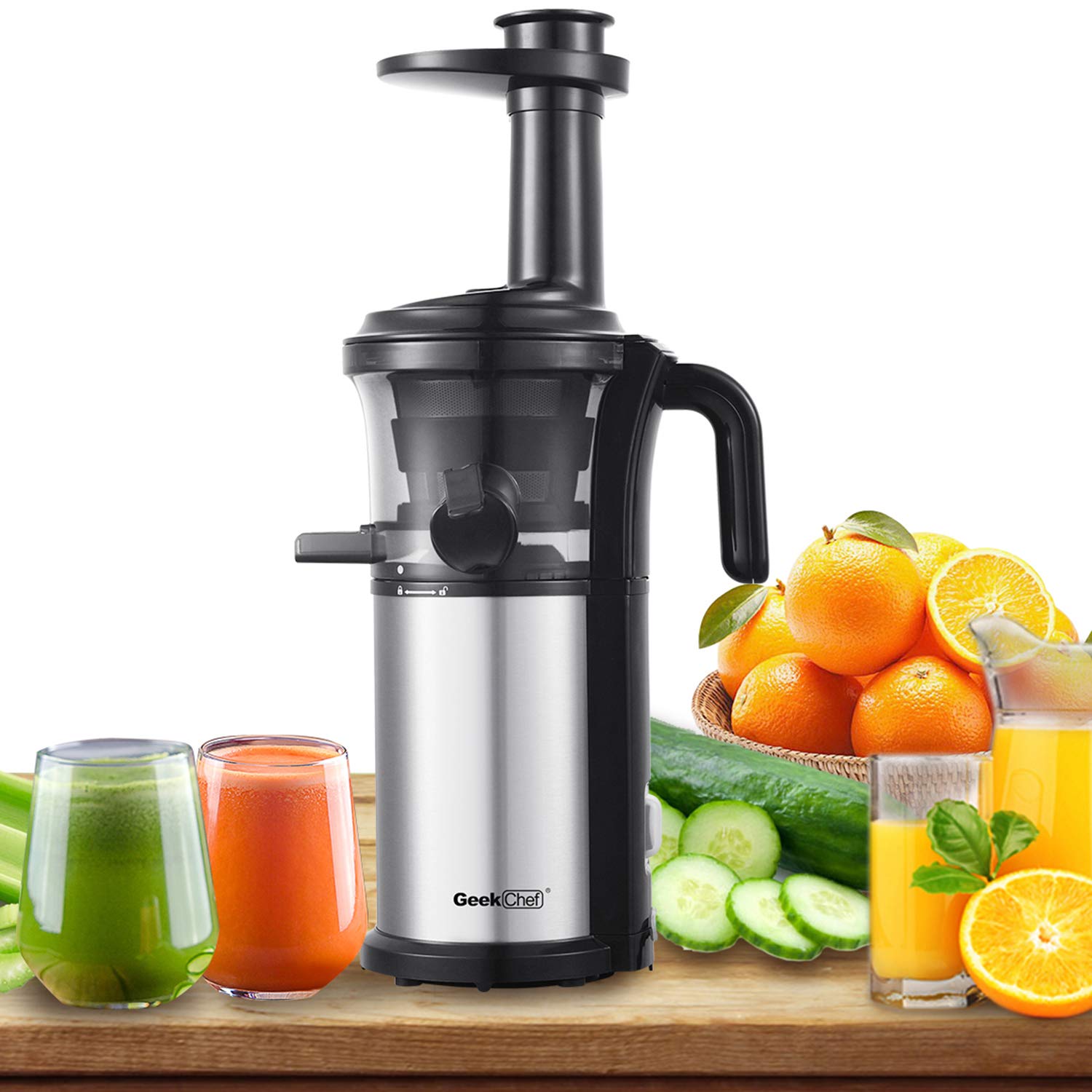
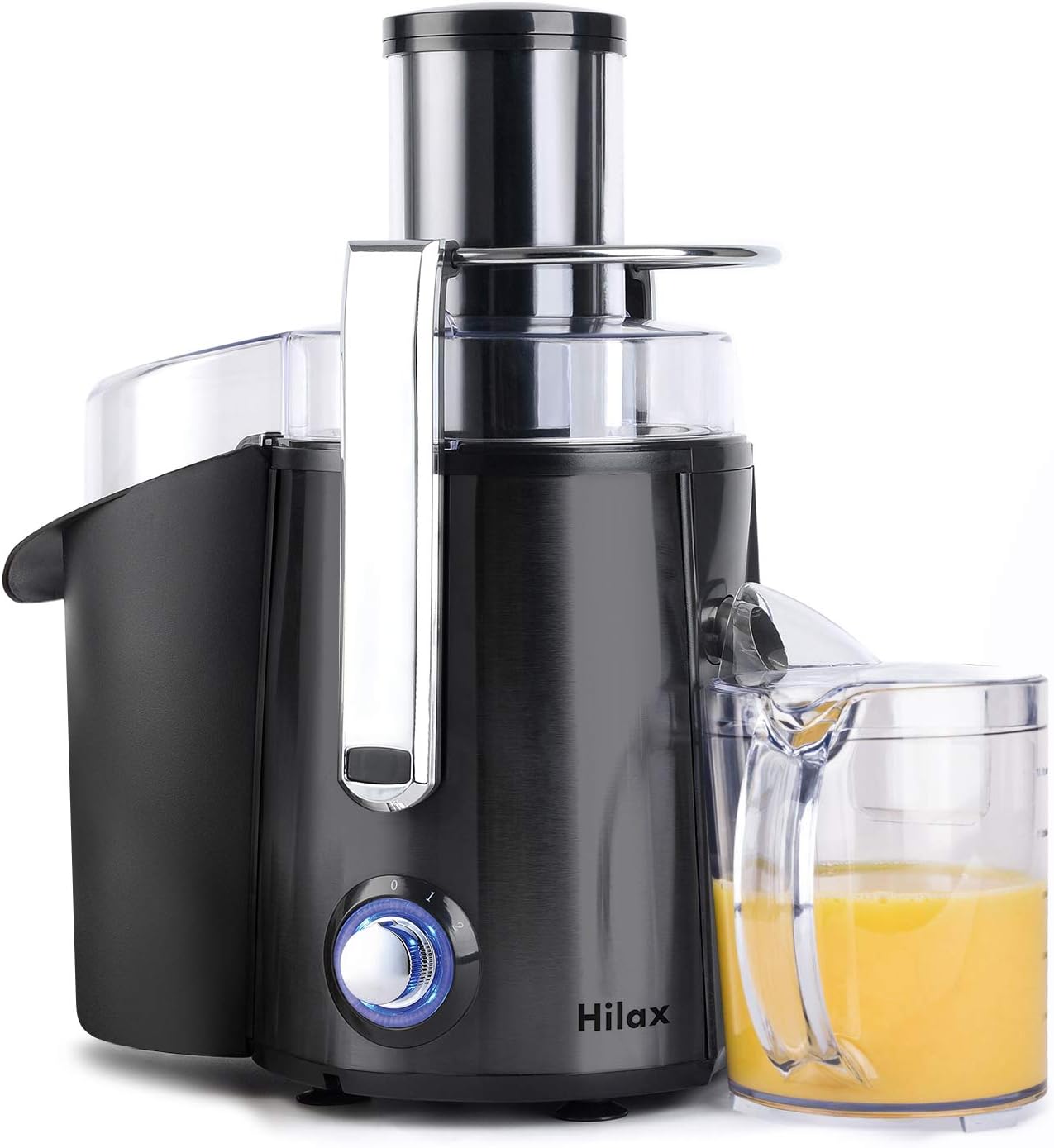

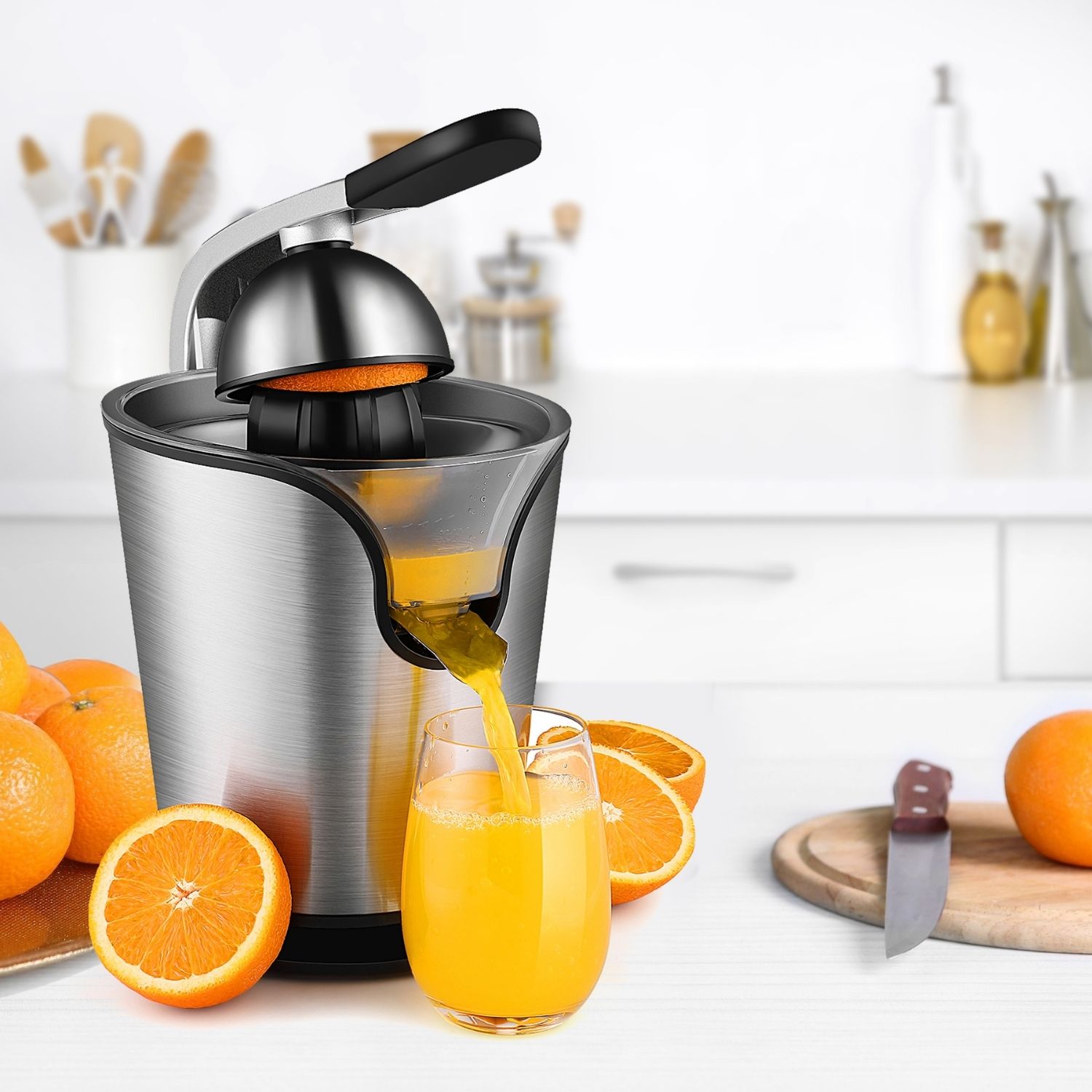
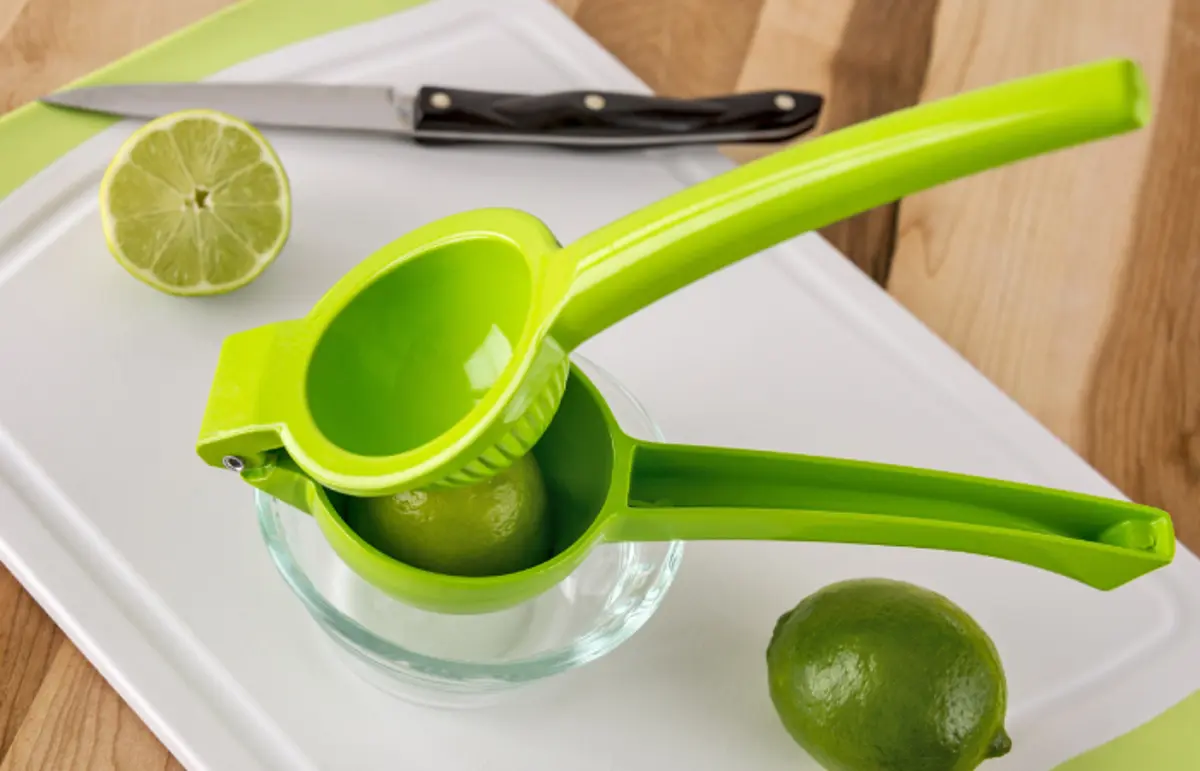
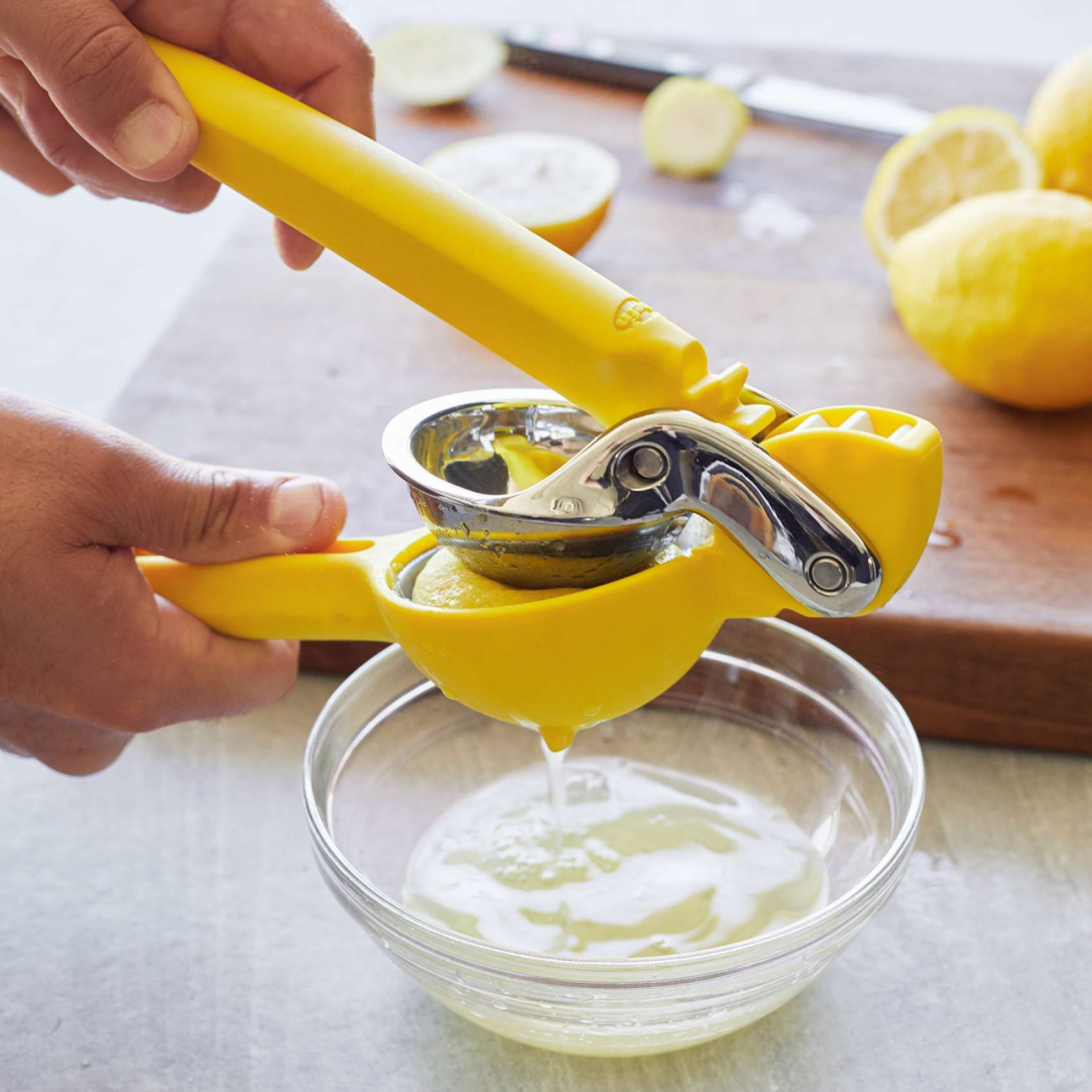
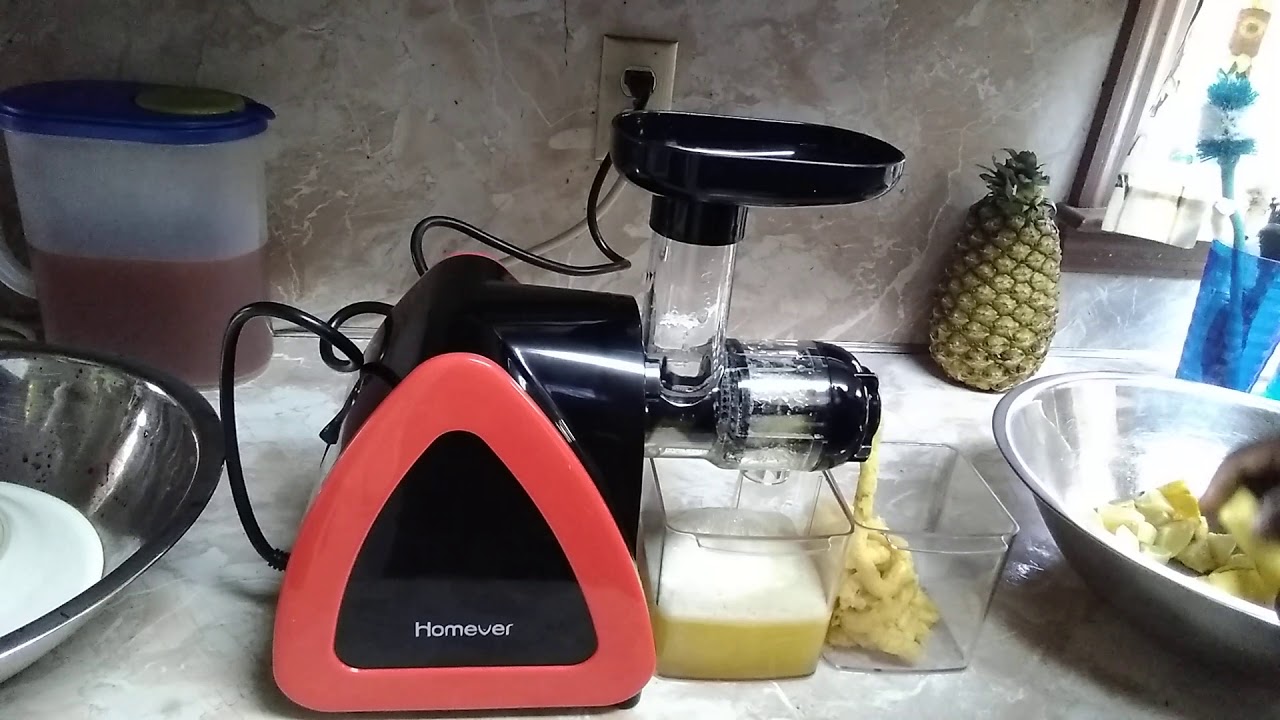
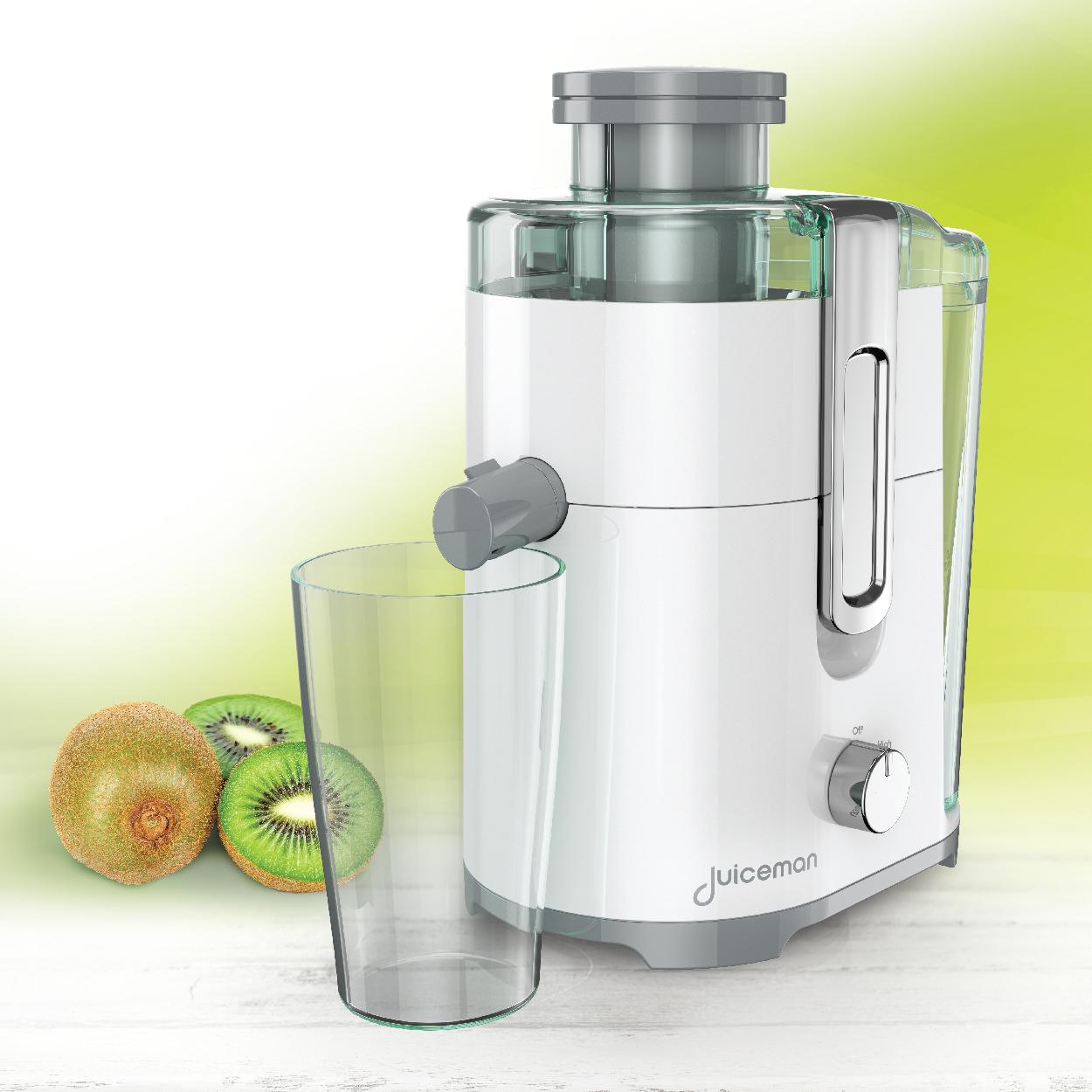
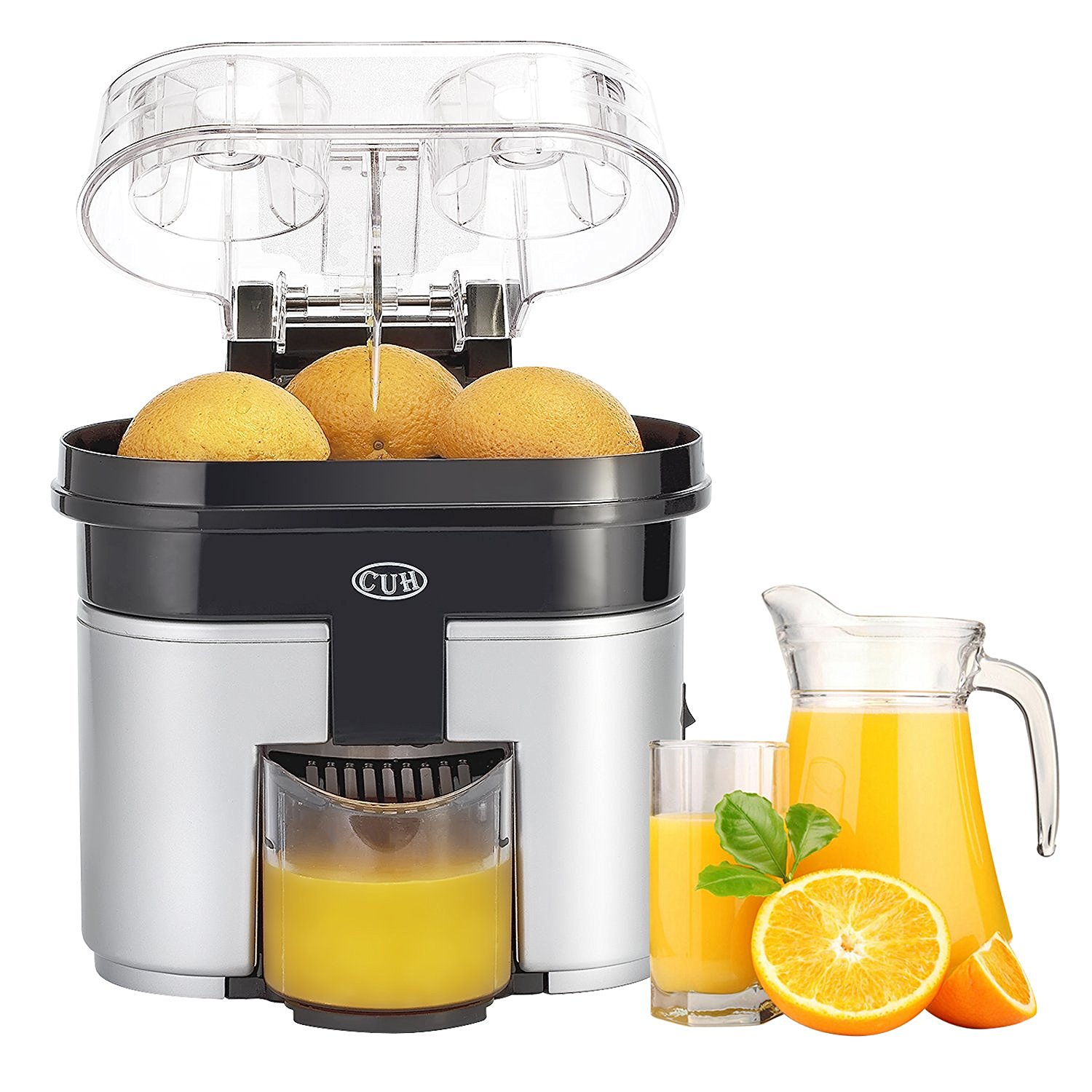

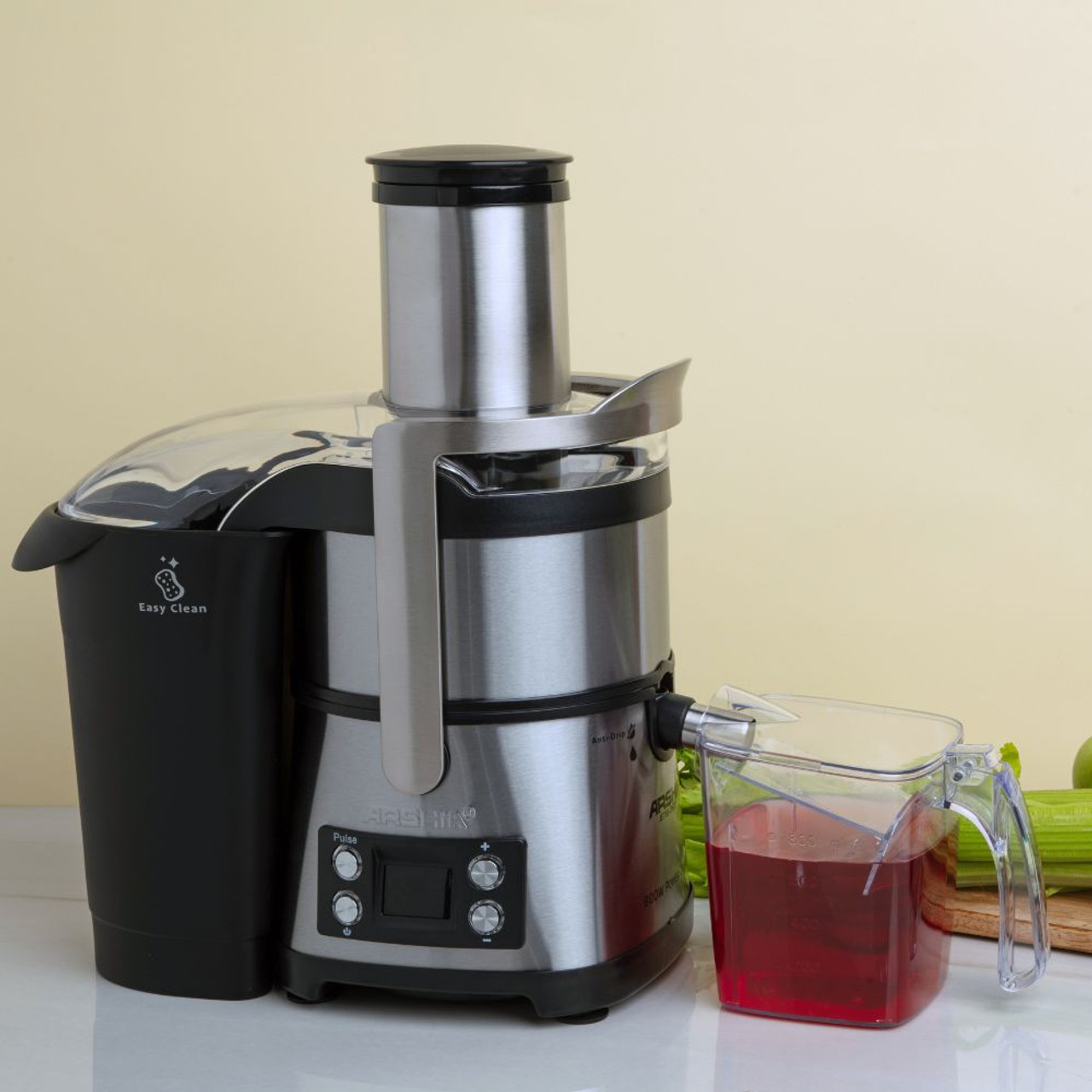
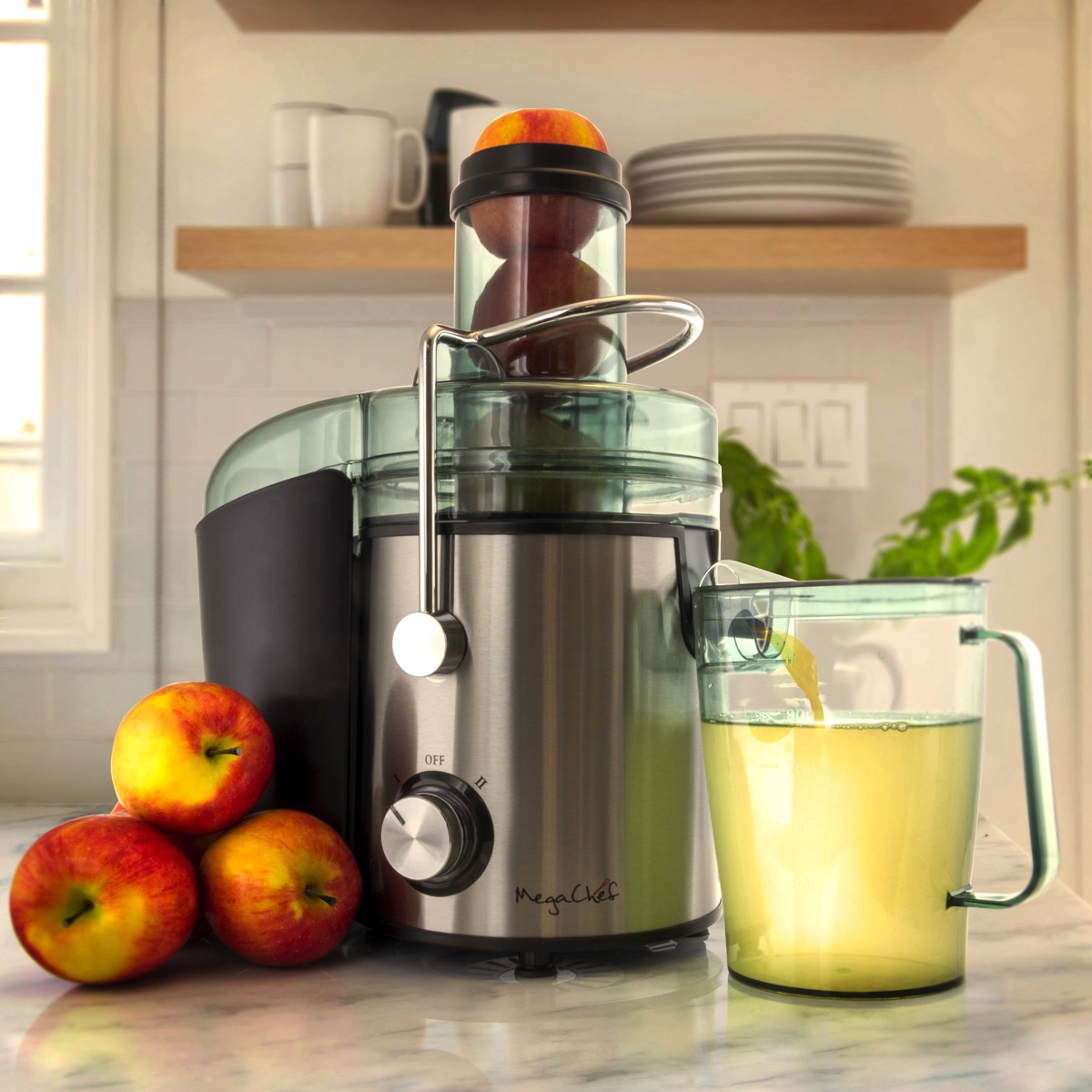
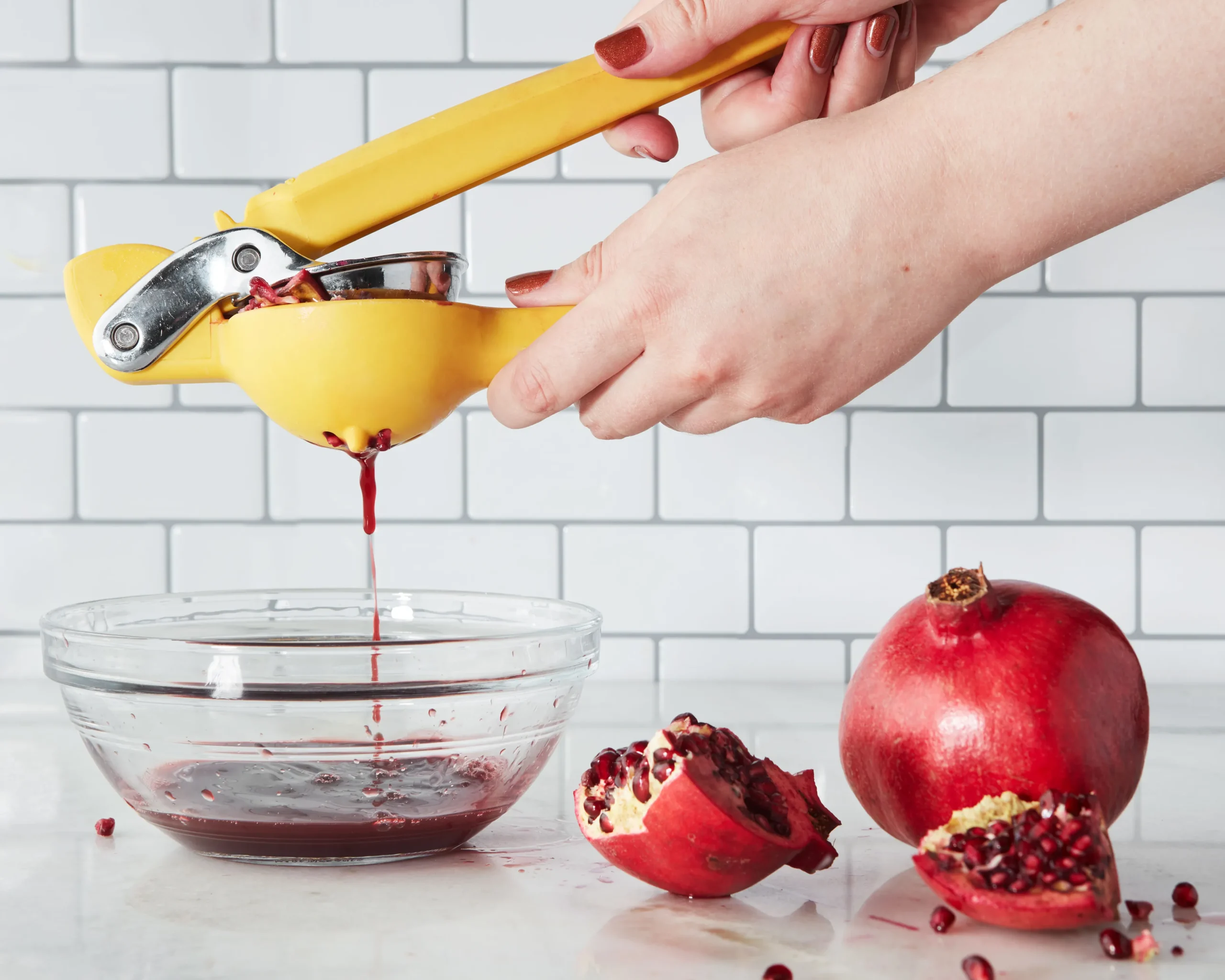
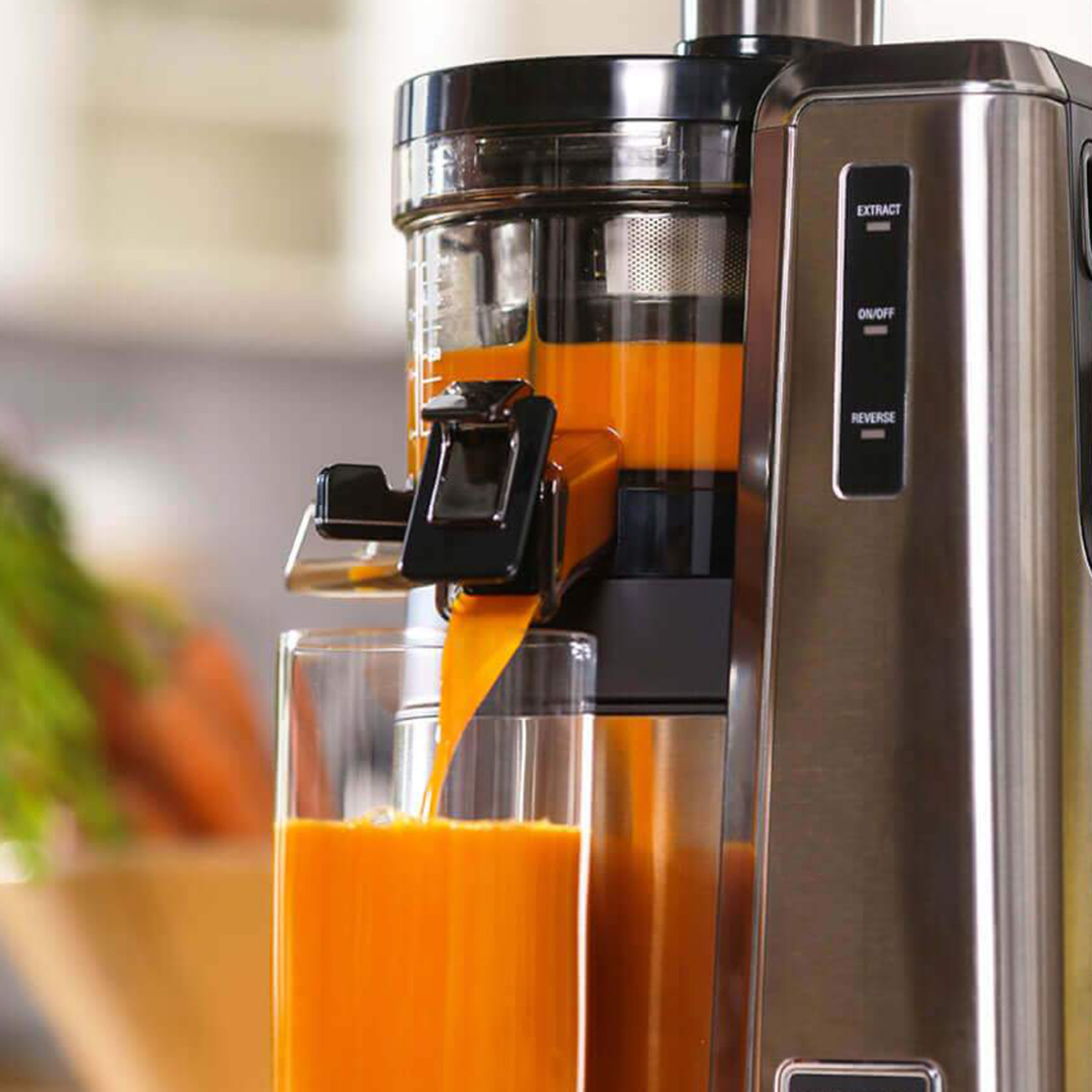

0 thoughts on “How To Juice Pomegranates In A Juicer”